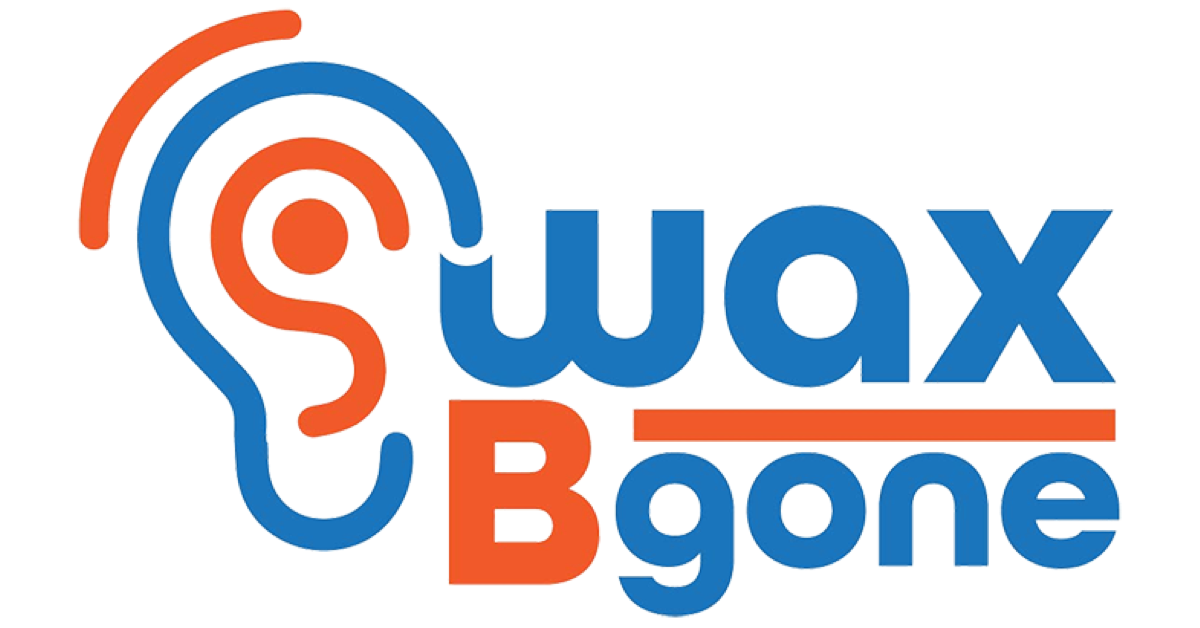Earwax is a normal substance produced in the outer half of the ear canal and has many useful benefits but also some disadvantages especially if you wear an in-the-ear hearing aid. Earwax is normally expelled from the ear in a self-cleaning process without our help and it just falls out of the ear. That is unless something interferes and blocks this natural process.
Hearing aids cause Earwax Buildup
Hearing aid wearers are at especially high risk for wax buildup. The hearing aid or ear mold, acting as a foreign body, seems to stimulate increased production of earwax and in addition, its presence in the ear canal prevents the natural self-cleaning properties of the ear by plugging the outer opening of the ear canal.
The biggest problem is that earwax can get into the speaker or microphone part of in-the-ear hearing aids and kill them. Hearing aid manufacturers say that 60 to 70 percent of devices returned for repair have a problem that developed due to earwax buildup. Wax reduces the function of the diaphragm in the microphone. Over time, the acids in the earwax can degrade the other components of the hearing aid.
Get Earwax Removed
It is important that you follow the instructions that you received regarding the regular cleaning and care of your hearing aid to prevent earwax damage to your instrument. At the same time, hearing aid user should schedule regular trips to a healthcare professional to have their ears checked for impacted earwax and have it removed as necessary. In fact, it is recommended by the American Academy of Otolaryngology that people who wear hearing aids have their ear canals checked on each visit to a health care provider or every three or six months. The real problem is that hearing aids do not like earwax and earwax can cause a host of problems for hearing aids.
As a cost-effective alternative to seeing your health care provider, one might consider some home remedies for earwax buildup. The safest in-home treatment for earwax removal recommended by the American Academy of Otolaryngology is ear irrigation. This method uses a controlled, pressurized flow of water to gently flush the wax from the ear canal.
Home Remedies for Earwax Buildup
Another commonly used preliminary treatment for the removal of wax buildup is the use of wax softening ear drops. This is often necessary when dealing with stubborn hard chunks of earwax to acquire a more fluid-like consistency and allow for easier removal. These ear drops can cost between $5 and $20 but clinical studies show that expensive drops don’t work any better than plain water. A list of solutions that you can easily and cheaply make at home is available at
Tips from an ENT on Safe In-home Earwax removal.
After these ear drops have done their job you will still need to use an ear irrigation kit to gently dislodge and flush the waxy sludge out of the ear canal.
Safe Ear Irrigation Kits
There are many ear irrigation kits available on the market, some safe but many not. You do not want to use a nozzle tip with a single hole. The high-pressure single jet stream of water that is generated is both uncomfortable and can cause injury to the delicate ear drum. Two irrigation tips, the SoftSpray and Otoclear, have multiple holes and are much safer and less likely to injure the ear.
